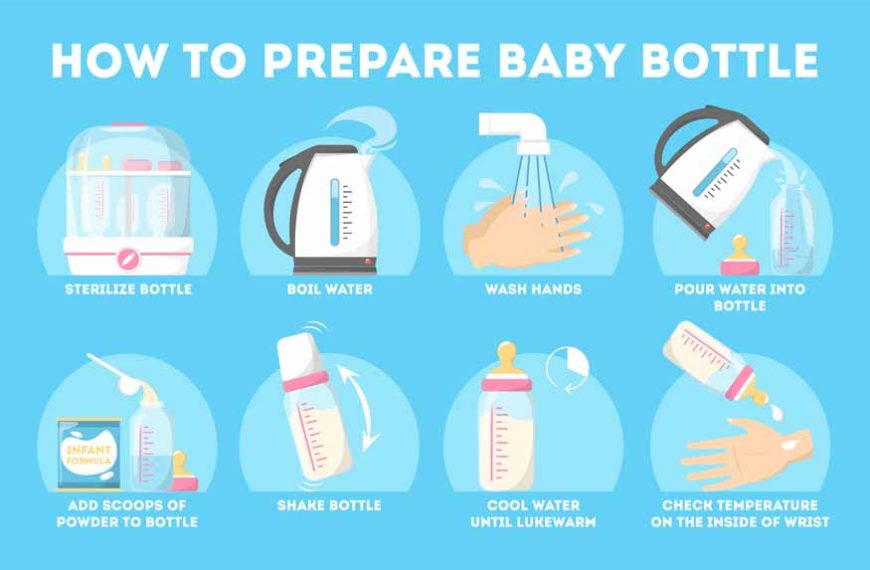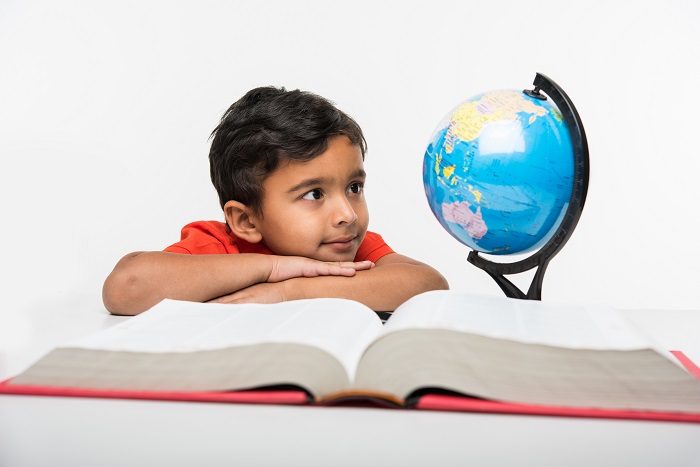For new parents, ensuring that baby bottles are clean and sterilised is paramount. Babies’ immune systems are not as strong as adults’, making them more susceptible to bacteria that can thrive in milk residue. Understanding the best practices for cleaning and sterilising baby bottles is essential for safeguarding your baby’s health. This blog will guide you through the process of effectively cleaning and sterilising baby bottles, explaining the importance of each step.
Understanding the Need for Sterilizing Baby Bottles
Sterilizing baby bottles is crucial to eliminate harmful bacteria that can accumulate on bottles, nipples, and other feeding accessories. Even a small amount of lingering milk can become a breeding ground for bacteria, which can lead to infections and illnesses. Sterilization is particularly vital in the first year of a baby’s life when their immune system is still developing.
How to Clean Baby Bottles
Before sterilizing, thorough cleaning is necessary to remove any milk residue and prepare the bottles for sterilization.
Rinse Immediately After Use
Start by rinsing the bottle as soon as the baby has finished feeding. Rinsing with cold water will prevent milk from sticking to the bottle’s surfaces.
Use Hot Soapy Water
Wash bottles with hot, soapy water using a clean bottle brush dedicated solely for this purpose. Ensure you clean every part, including the bottle, nipple, and any other parts that come into contact with milk.
Brush Nooks and Crannies
Nipples and caps often have nooks and crannies where milk can accumulate. Use a nipple brush to ensure these areas are not overlooked.
Rinse Thoroughly
After scrubbing, rinse each component thoroughly under running water to ensure all soapy residue is removed.
Allow to Air Dry
Place all parts on a clean drying rack and allow them to air dry completely. Avoid using a dish towel to dry the bottles, as this can transfer bacteria from the towel to the bottle.
How to Sterilize Baby Bottles
Sterilizing should be done after every wash, especially for newborns and young infants.
Boiling Water Method
One of the most traditional methods is to boil the bottle components in water. Ensure that the items are fully submerged in the water and boil them for at least five minutes. Remember to check the bottle manufacturer’s guidelines to ensure they are suitable for boiling.
Using a Bottle Sterilizer
Electric or microwave bottle sterilizers are convenient options. These devices use steam to sterilize the bottles and generally have a cycle that lasts around 10 minutes. Follow the manufacturer’s instructions for the correct amount of water and cycle time.
Cold Water Sterilizing Solution
Special sterilizing solutions or tablets can be used with cold water in a sterilizing bucket or unit. The bottles need to be submerged for a specific amount of time as directed by the product you’re using.
Best Practices for Handling Sterilized Bottles
After sterilization, it’s crucial to handle the bottles properly to avoid recontamination.
Wash Your Hands
Always wash your hands before handling sterilized bottles and feeding accessories.
Use Sterilized Tongs
If possible, use sterilized tongs to handle bottle components after sterilization.
Assemble Bottles on a Clean Surface
Ensure the surface where you are assembling the bottles is clean and disinfected.
Store Bottles Properly
If not using immediately, fully assemble the bottles to prevent the inside from becoming contaminated and store them in a clean, closed cupboard or container.
Frequency of Sterilizing Baby Bottles
Newborns’ bottles should be sterilized after every use. As babies get older and their immune systems strengthen, you can sterilize less frequently, but you should continue to sterilize bottles at least once a day.
Regular Replacement of Feeding Accessories
Keeping Track of Wear and Tear Regularly inspect bottles, nipples, and other accessories for signs of wear and tear. Cracks, discolouration, and thinning can not only harbour bacteria but also pose a choking hazard. It’s advisable to replace feeding items according to the manufacturer’s recommendations or at any sign of deterioration.
Nipple Care The nipples of bottles especially require attention as they are constantly in use and contact with your baby’s mouth. They should be soft and supple; any stiffness or stickiness is an indicator that it’s time for a replacement.
Sterilizing Safely
Avoiding Chemicals When using sterilizing solutions or tablets, ensure that the product is suitable for baby products and follow the recommended dilution guidelines. Residual chemicals can be harmful if not used correctly.
Handling Hot Items After boiling or steam sterilizing, allow bottles and accessories to cool down in the sterilizer or pot before handling them to prevent burns.
Advanced Sterilization Techniques
UV Sterilization UV sterilization is a newer, efficient method that uses ultraviolet light to kill bacteria and viruses. UV sterilizers are becoming more popular due to their ease of use and the fact that they don’t require water, heat, or chemicals.
Electric Steam Sterilizers Electric steam sterilizers are another convenient option that often includes drying functions. They are designed to sterilize multiple bottles at once, saving time for busy parents.
On-the-Go Sterilization
Portable Solutions When travelling or out for the day, consider using portable sterilizing bags or wipes that are designed for baby products. These can be convenient for ensuring that bottles are clean and safe when you’re away from home.
Bottled Water for Cleaning If you’re travelling and unsure about the safety of the local water supply, use bottled water to rinse and clean bottles after sterilizing them.
Eco-friendly Cleaning Practices
Biodegradable Soaps Use eco-friendly, biodegradable soaps for cleaning baby bottles. These are not only better for the environment but are often gentler on the bottles and safer for your baby.
Reusable Clothes Instead of disposable towels, opt for reusable cloths to clean up around the sterilizing area. Ensure these clothes are washed regularly to maintain hygiene.
Maintaining clean and sterilized baby bottles is a non-negotiable aspect of infant care. By adhering to the best practices of cleaning and sterilizing, you’re laying down a foundation for your baby’s healthy development. Incorporate these practices into your routine to protect your baby from potential infections and illnesses.
At EuroKids, we place a high emphasis on baby hygiene and safety, which extends to sharing knowledge on the best practices for infant care with our community of parents. We understand the importance of such details in the early stages of life and are committed to supporting parents every step of the way.
















